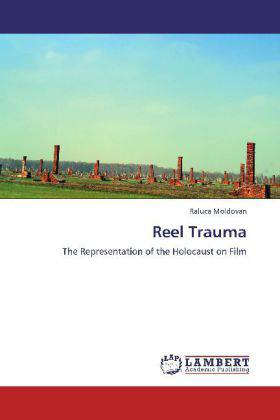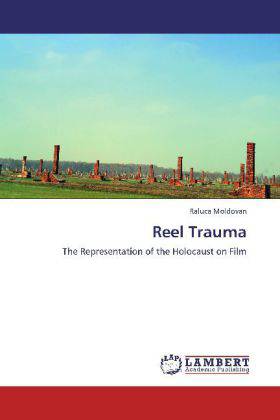
- Afhalen na 1 uur in een winkel met voorraad
- Gratis thuislevering in België vanaf € 30
- Ruim aanbod met 7 miljoen producten
- Afhalen na 1 uur in een winkel met voorraad
- Gratis thuislevering in België vanaf € 30
- Ruim aanbod met 7 miljoen producten
Zoeken
€ 100,45
+ 200 punten
Omschrijving
The present work starts out from the premise that it is possible to represent the Holocaust in art and that, moreover, it is necessary to do so in order to preserve the memory of the historical event by means other than historical sources. My framework of analysis is based on the premise that Holocaust cinema is, first and foremost, a traumatic cinema: a body of films whose underlying motif is the representation of trauma, and more precisely, the way in which the victims of the Holocaust relate to the trauma they were subject to. Specifically, by employing the Freudian concepts of "acting out trauma" and "working through trauma", seen as modes of relating to one's painful past, my intention was that of seeing how the various Holocaust films analysed represent the traumatic dimension of individual and collective experience. The book also takes into consideration the issue of the cinematic representations of the Holocaust between history and memory, arguing that their diversity ranges between non-epistemic knowledge and claims of knowledge through representation.
Specificaties
Betrokkenen
- Auteur(s):
- Uitgeverij:
Inhoud
- Aantal bladzijden:
- 376
- Taal:
- Engels
Eigenschappen
- Productcode (EAN):
- 9783659289064
- Verschijningsdatum:
- 10/11/2012
- Uitvoering:
- Paperback
- Afmetingen:
- 150 mm x 220 mm
- Gewicht:
- 515 g

Alleen bij Standaard Boekhandel
+ 200 punten op je klantenkaart van Standaard Boekhandel
Beoordelingen
We publiceren alleen reviews die voldoen aan de voorwaarden voor reviews. Bekijk onze voorwaarden voor reviews.








